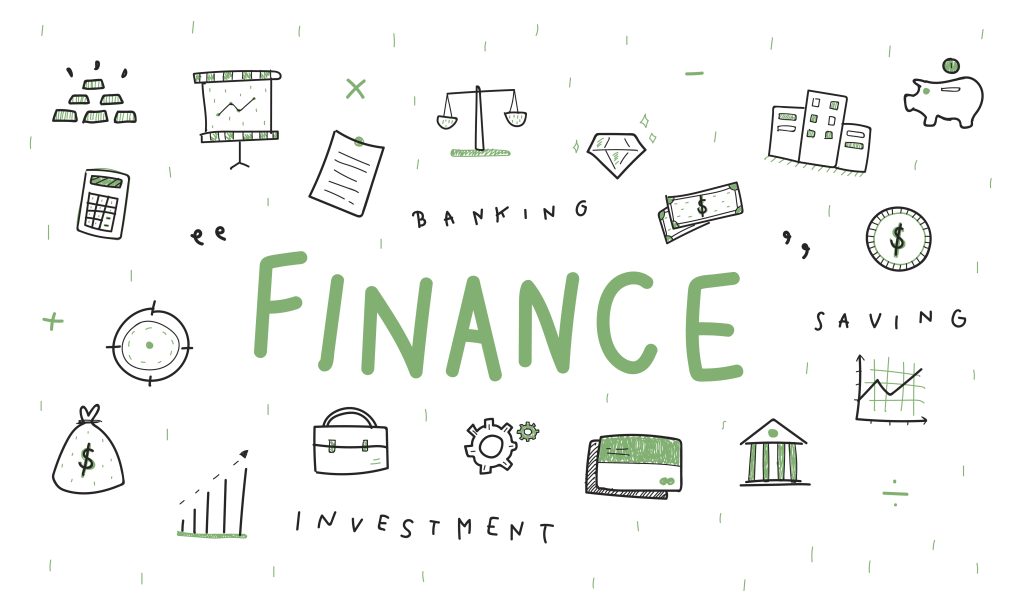Marketers of any industry must navigate ever-changing red tape, new rules and regulations, new platforms, emerging strategies, and so much more. On top of that, each specific industry has their own set of unique considerations and requirements – and finance is no exception.
Finance marketers find themselves in constant competition with one another. Whether they’re representing a bank, lender or credit card provider – there is a constant battle to win share of wallet and establish life-long loyal relationships with every-day consumers.
While navigating this landscape, finance marketers need to understand the consumer at a fundamental level. They need to know where potential customers are active, how they would prefer to be approached with promotional material, what incentives and deals are likely to convert a sale, and much more.
These are just a few of the many considerations and tactics that finance marketers need to navigate on a daily basis.
Remaining compliant and productive
Finance marketers find themselves with a unique set of compliance standards and regulations that they are required to follow. In addition to digital marketing regulations that all marketers need to follow – such as GDPR and CCPA – finance marketers need to look at compliance through several additional lenses.
The Truth in Savings Act is one of these regulations. It requires transparency when promoting checking and savings accounts – preventing banks from publishing any content that might be deemed as misleading. Banks also need to include Member FDIC disclosures on all advertisements. On the other end, credit unions are required to disclose that they are federally insured by the National Credit Union Administration. These are just a small sample of the many different disclosures and guidelines that are unique to finance marketers.
Marketers need to understand that these regulations are in place as a safety net for consumers. Especially in an industry where the end “product” is something as important as financial wellness, it’s crucial that finance organizations remain transparent and compliant – not only to avoid legal ramifications, but to also maintain a level of trust that is needed for consumers to make such important purchase decisions.
Leveraging all touchpoints to build life-long loyalty
Finance organizations are unique in that they aren’t looking for one-and-done transactions. Yes, other traditional industries like retail also value loyal and returning customers – but with finance, loyalty doesn’t necessarily mean coming back for more. Instead, financial marketing success is determined by the ability to foster relationships with consumers for an extended period of time and keep customers happy and aware of their financial status, new offerings that can benefit their portfolios, etc.
With this in mind, it’s important for marketers to invest in strategies that meet the needs of both top and bottom of the marketing funnel. For example, investing in strategies like affiliate marketing can help acquire new customers for organizations like a bank or a lender – starting a new relationship by opening a checking account or applying for a new credit card.
On the other end, investing in strategies like TV, display, and OTT will help fuel the upper funnel. These strategies are effective in overall brand awareness, helping keep that same bank or lender top-of-mind for existing and potential customers.
Personalization is key
In addition to fueling both the upper and lower funnels, finance marketers need to adopt personalized tactics to deliver the best ad experience for existing customers. These personalized ads are what will help keep existing customers satisfied, and even open the door for expanding upon the relationship and buying into more of the organization’s products or services.
Take a person with a relatively new bank account, for example. They’re beginning their professional career and have been building on their savings account for a couple of years and have a checking account that is in good standing. They opened a credit card shortly after signing up for the savings account and it has a pretty low limit and a high APR. A marketer can identify that this individual can afford a credit card with a higher limit and target them with an advertisement to upgrade their credit card. This is more likely to drive a conversion, than targeting someone who has never owned a credit card with the same advertisement.
Understanding who you are connecting with and reaching people with relevant ad experiences is key to not only driving those conversions but ensuring life-long loyalty.
Things will continue to evolve
The finance marketing world is an ever-changing space. New technologies will come to life, new platforms will emerge, new regulations will need to be followed. Finance marketers need to stay on top of how the space is evolving in order to be successful. Those that think ahead and stay ahead of the curve will ultimately win that share of wallet. Those that go through the motions and defer to what feels “comfortable” will undoubtedly fall behind.
